Shadow of the Tomb Raider's best new features are its custom difficulty settings
We play the first four hours with the hardest puzzles and platforming possible.
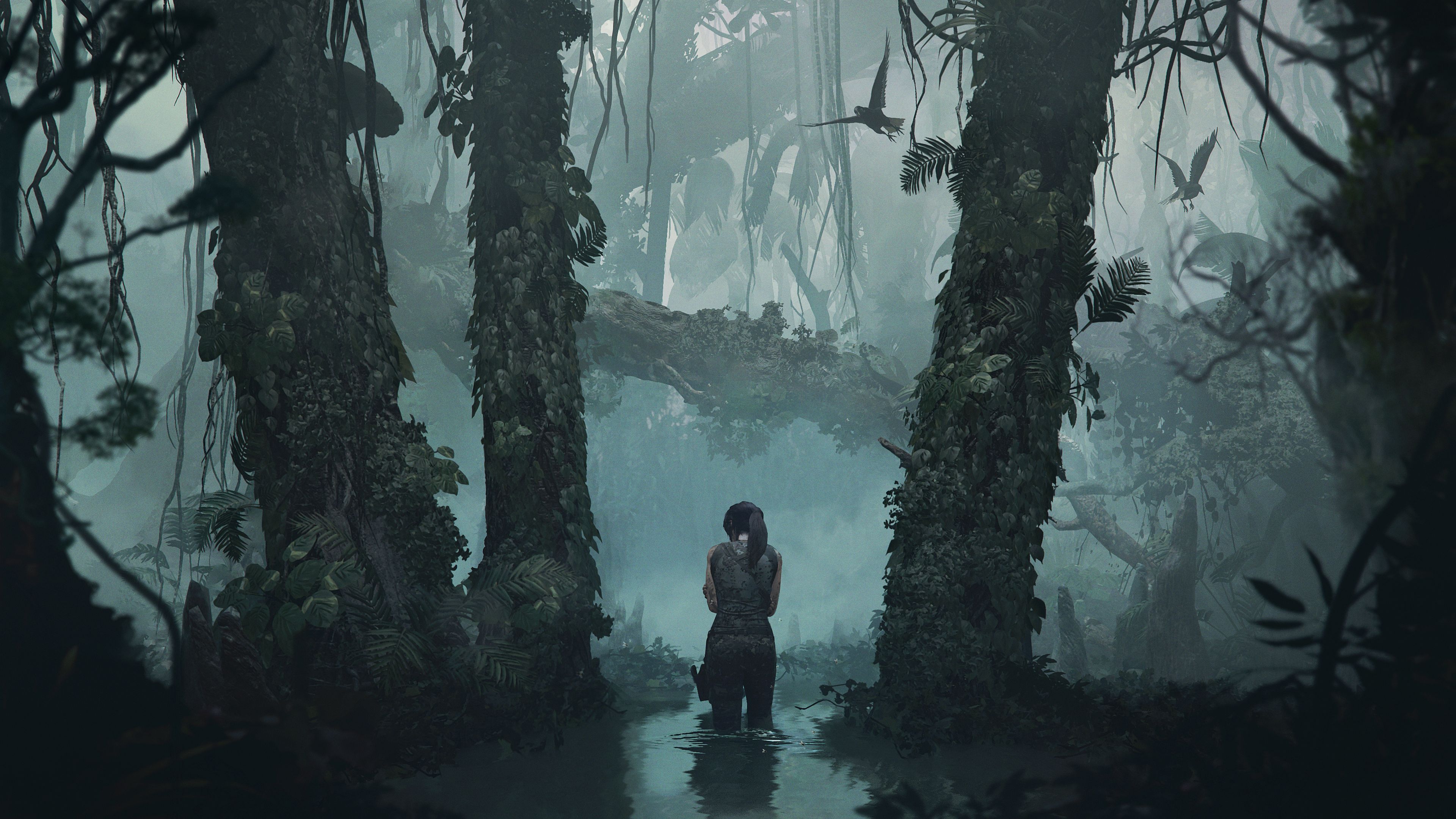
It's been hard to feel much about Shadow of the Tomb Raider. The last two games in Lara Croft's gritty reboot were cliched, shallow stories with decent puzzles and navigation challenges ruined by a chatty protagonist, clearly telegraphed environmental clues, and far too much gunplay. Don't get me wrong, I had good fun with those games. I just don't know if a scan of my brain during each playthrough would turn up much activity.
But after playing the first four hours of Shadow of the Tomb Raider with the new variable difficulty options, I'm 100-percent back on board, no matter how many awful decisions Lara makes this time around or how much rusty rebar impales her. The ability to independently tweak the challenge of the combat, puzzles, and platforming made Shadow feel like a truly modernized version of the older games.
Free to fall
Shadow of the Tomb Raider opens with a plane splitting in two over the jungles of Peru. Lara is, yet again, trying to beat ominous bad guy troupe Trinity to the punch by solving ancient riddles and swiping powerful artifacts before they land into the wrong hands. This time, her usual attempt at valiance is punished by her own arrogance as a self-proclaimed raider of tombs. She takes an artifact that mistakenly kicks off a Mayan apocalypse event, flooding an entire town. A lot of people die, and many more will, unless she can fix her massive mistake. It's a harrowing scene that Lara frowns about for a bit before it's on to saving the day again.
As you'd expect, doing so will require climbing, solving puzzles, and shooting men. Shadow of the Tomb Raider is a game set in the template of its predecessors, a formula I thought I'd be tired of by now, redeemed by small touches the new difficulty system adds, like the ability to keep Lara quiet when you're trying to solve a puzzle.
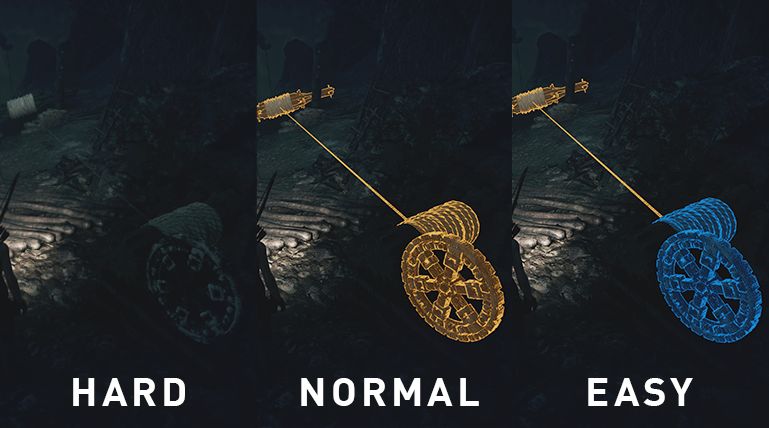
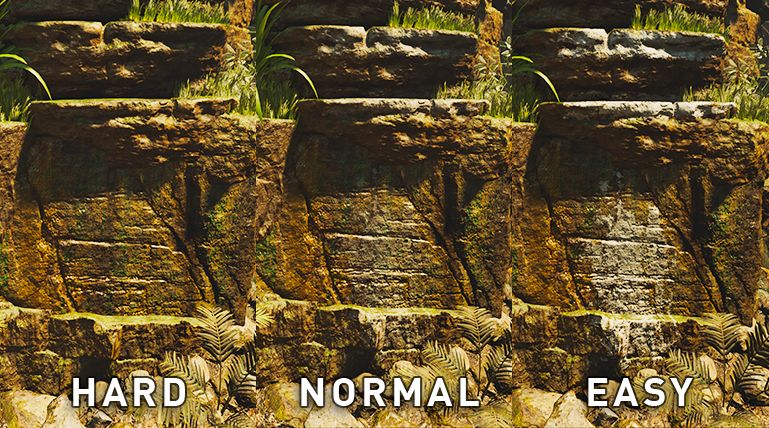
When starting a new game, you can choose how much work you'd like the game to do for you in relation to combat, exploration, and puzzles. Square put out a full explainer if you want to know more, but the most important takeaways are what you'd expect: harder combat strips away UI clues and makes enemies more lethal; harder exploration won't mark exactly where you need to climb and requires tighter timing; harder puzzles don't highlight interactive objects, have a shorter window of opportunity for timed mechanics, and keep Lara from spitting out the answers aloud. I set the exploration and puzzle difficulties as high as they'd go.
Shadow's challenge tombs are legitimately challenging and scary as hell.
My four hours of play begins after Lara crashes in one half of the plane. Pinned beneath a rock, she uses a knife as a wedge, cutting digging deep between skin and stone to escape. I mash a button. Lara grits her teeth and slides out. She is miserable yet again. We make our way towards a mountaintop tomb where she suspects the apocalypse off-switch is hidden.
Along the way, one tomb requires me to use a crane to swing a massive box around a cave, using its momentum to bring me just close enough to platforms across the gap. Toying around with the crane by way of a wheel is enough to understand what I'm meant to do. I welcome a few errant deaths due to poor timing and reckless curiosity. Another platforming puzzle requires use of a series of counterweights to raise a massive ladder by attaching rope between it and the correct weights in a specific order. Every piece of the puzzle is present and visible and possible to decode from observation and simple experimentation. No monologues or bright white paint required. They're kinetic physics toys. This is what I want in Tomb Raider.
The biggest gaming news, reviews and hardware deals
Keep up to date with the most important stories and the best deals, as picked by the PC Gamer team.
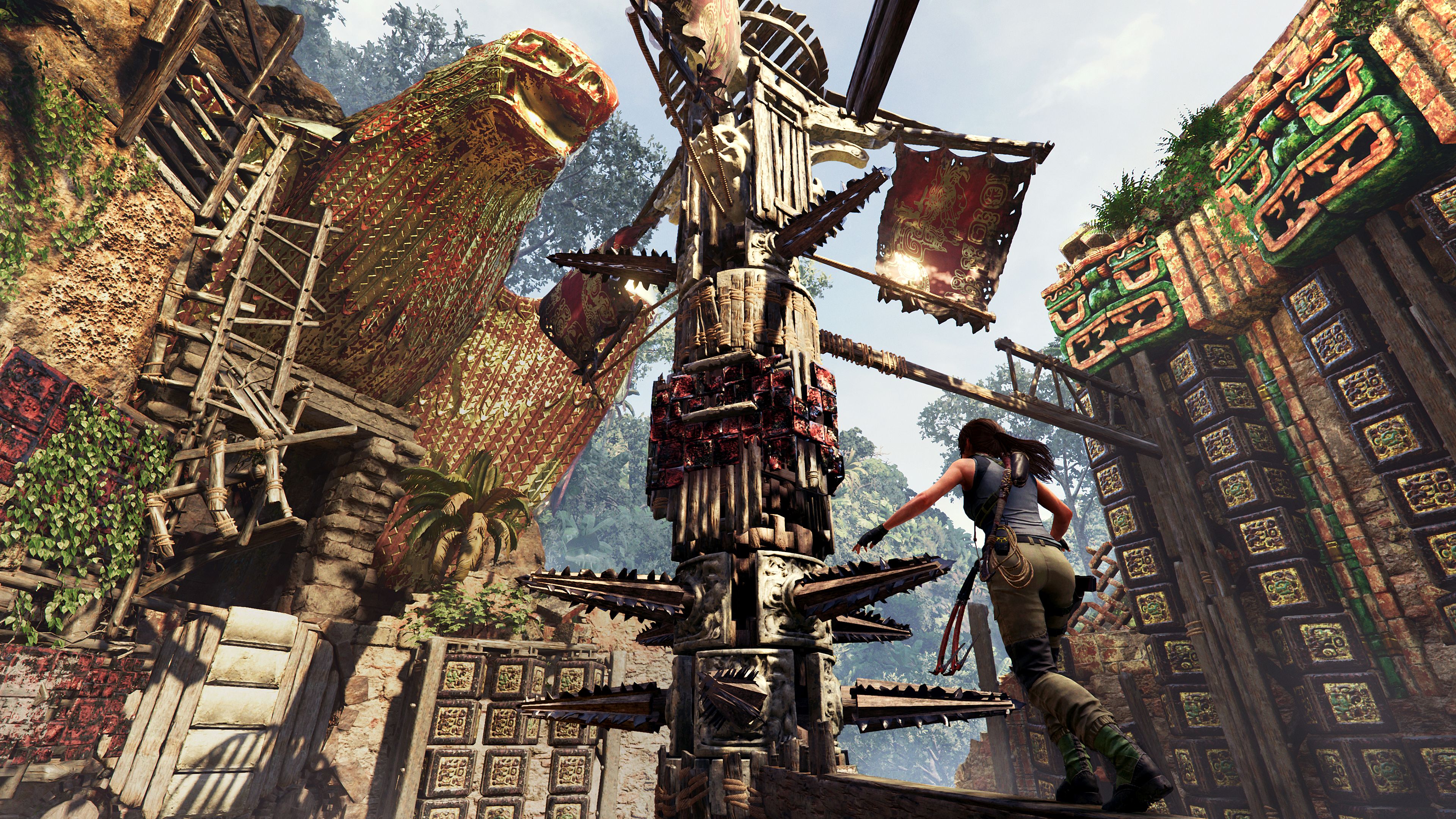
Aid-free puzzles or platforming sections can be disorienting in that not every component of the environment is interactive even if might appear to be, which likely spawned the idea of a chatty protagonist and highlighting pieces to begin with. Occasionally, I leapt to my death thinking something was a platform, only to glide off into the abyss below. But it's fine.
I'd rather fall into a pit of spikes as a symptom of my own curiosity rather than because I screwed up along a clearly marked path. The former is progress, the latter is frustration. Load times are fast and checkpoints are forgiving, too, and while watching Lara crack her skull on a boulder as a casual punishment for curiosity is a bit much, I'm so happy to feel like I'm in the driver's seat again.
Jump scares
Better yet, to celebrate the overdue removal of training wheels, Shadow's challenge tombs are legitimately challenging and scary as hell. Located off the beaten path, each challenge tomb I played through introduced an idea, and then in classic Nintendo-style, introduced layered versions of the same idea throughout the tomb.
One is set entirely underwater and requires hiding in reeds from eels while navigating disorienting cave systems. Increasingly disparate pockets of air make every swim feel like the absolute worst idea Lara's had yet.
Another challenge tomb is set in an almost pitch black cavern, a descent into darker reaches yet while you're antagonized from an unseen, seemingly inhuman threat. Boulders fall from above while picking my way across vertical cliff faces, pushed by something—a chittering, growling something I never actually see. The threat stays off camera throughout, even after completing the tomb. It's a horrific mystery that I hope is never explained. More of these one-off, light-touch pockets of story, please.
Combat is still a chore. Lara's low health and the enemies' ability to bullseye her from across an arena make gunfights rough early on. It makes sense that Lara, on her third men-killing adventure, would be particularly good at it by now, and so setting combat to 'easy' made sense to me. The ego boost that comes with easy mode accompanies the new predatory mechanics anyway.
Previously, once discovered it wasn't possible to return to a stealthy state in combat. Now you can slide in and out of sneaking mode, outsmarting enemies by covering yourself in mud and pressing up against a wall or stringing their corpses from trees. Yes, Tomb Raider is still comically brutal.
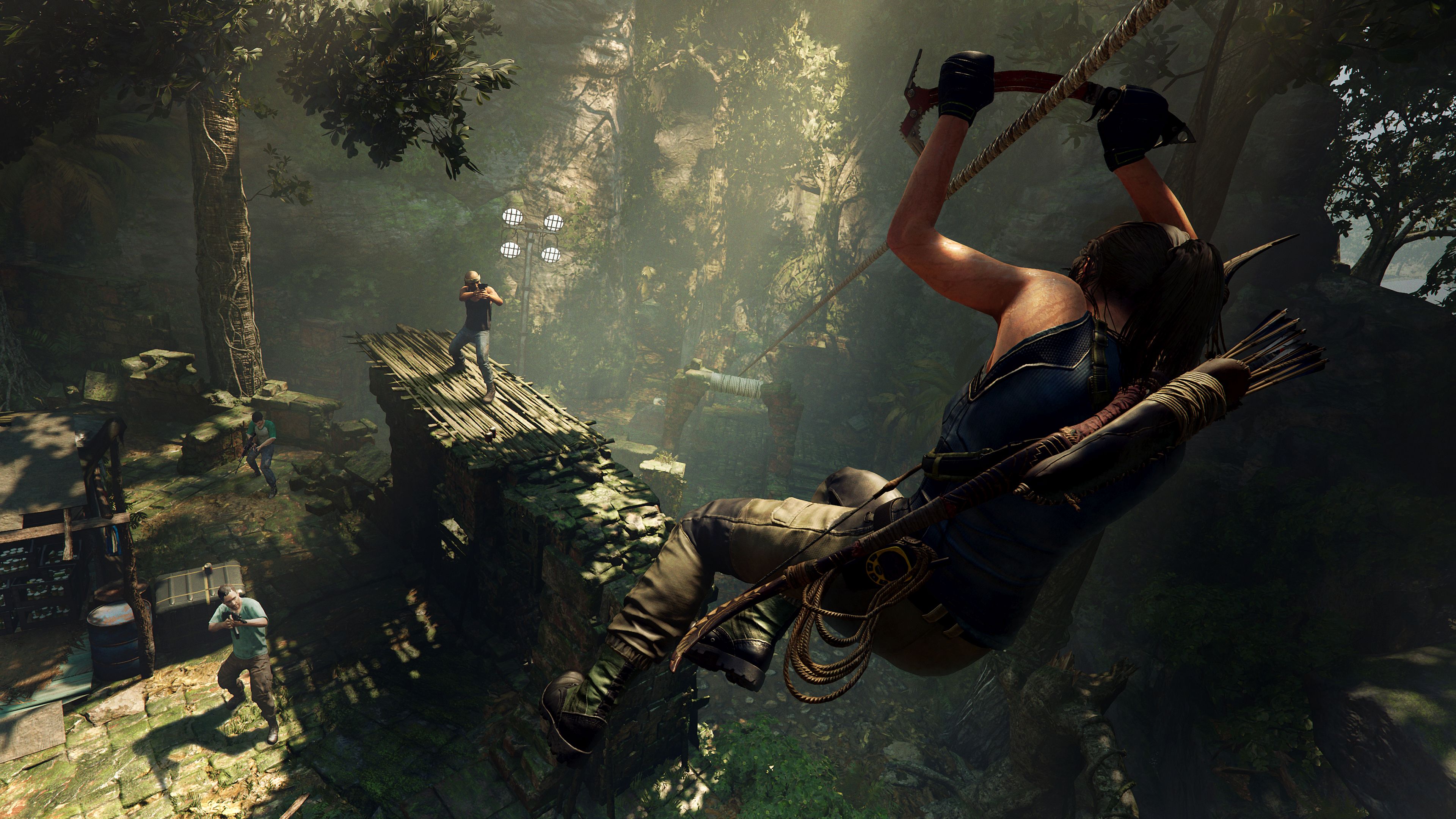
Lara is not a good person, and won't be no matter where the story goes, but at least I can rush through those bits feeling like a superhuman predator and get back to puzzles and platforming and falling on rusty rebar sooner, thank goodness.
I didn't expect a reinvention of the prequel series with Shadow of the Tomb Raider, but, as simple as it seems, variable difficulty settings and genuinely challenging (and spooky) tombs could finally bring proper tomb raiding back. I'm still not sold on the story, but Shadow of the Tomb Raider is the culmination of all the satisfying platforming and puzzling mechanics introduced in the reboot series, refined and expanded and set free.
Rock-climbing and pushing boulders around is a timeless activity, it seems, so long as the stones don't tell you what to do.
James is stuck in an endless loop, playing the Dark Souls games on repeat until Elden Ring and Silksong set him free. He's a truffle pig for indie horror and weird FPS games too, seeking out games that actively hurt to play. Otherwise he's wandering Austin, identifying mushrooms and doodling grackles.


